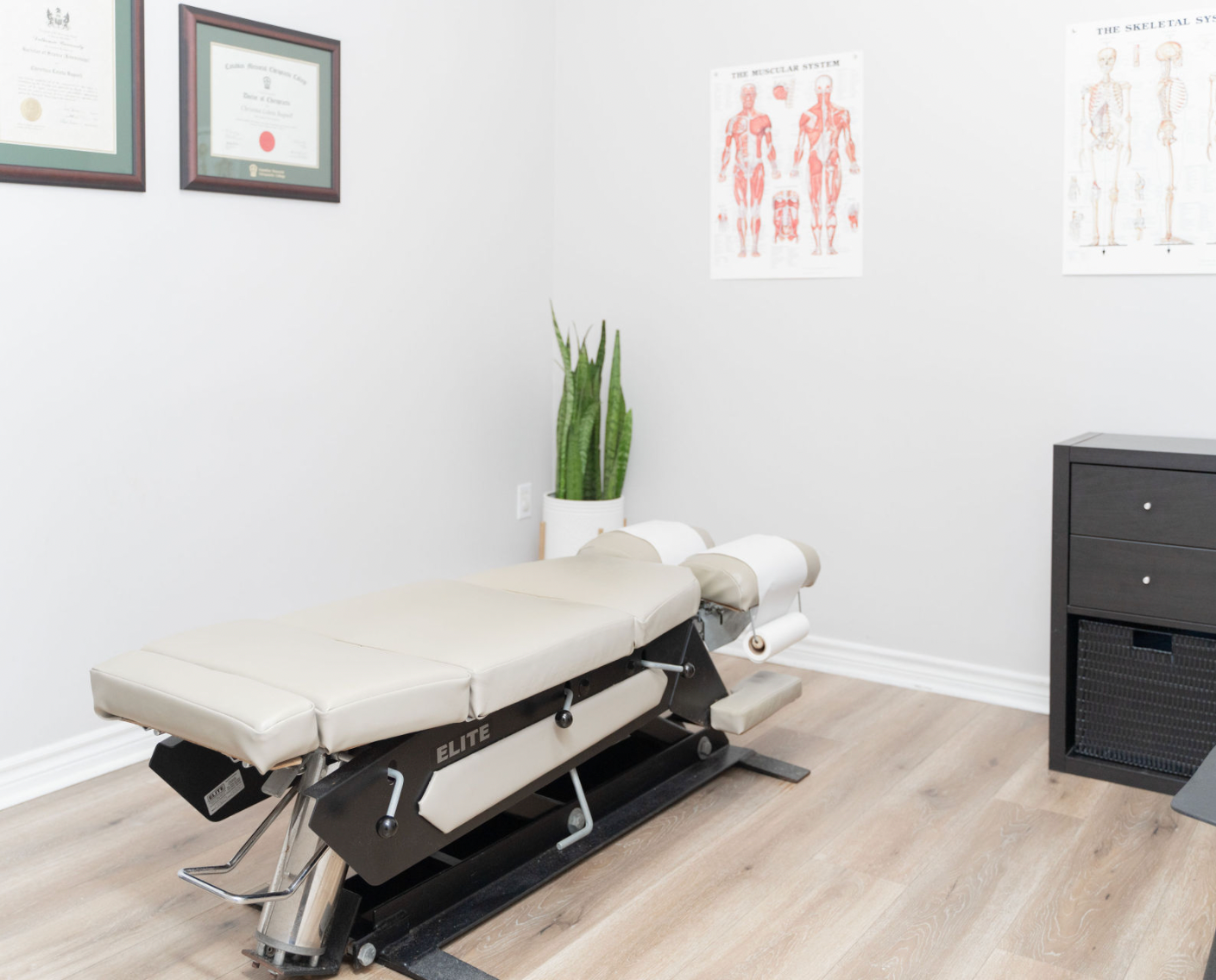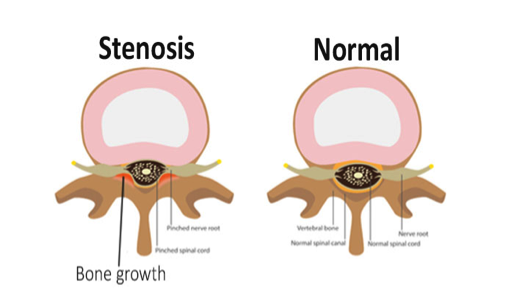The notion that backpacks should be a certain weight, have a certain number of straps, or worn a certain way have been around for a long time; but why is it important?
The Journal of Pediatric Orthopaedics conducted a large scale study where they measured the body weight and back pack load of 3, 498 students. In the study they were able to conclude that heavy back packs were indicators of students having back pain; the heavier the back pack, the more pain the child was experiencing.
Besides back pain, your child may be at risk of muscle strains, neck and shoulder pain, headaches, numbness and tingling down their arms and a change in their posture. If the weight of the back pack is distributed unevenly or too heavy, it may also cause the child to be unsteady and become more prone to injuries from falling down.
To help navigate your way through the world of backpacks, find some frequently asked questions!
What should I look for in a backpack for my child?
o Proportional size – The top of the back pack should not be higher than your child’s shoulders, extend below their hipbone nor wider than their back.
o 2 wide padded straps – The straps should be at least 2 inches wide. This will help evenly distribute the weight across your child’s back
o Waist strap – This will help distribute some of the weight around the child’s waist and take some load off the back
o Padded back – This will make the back pack more comfortable for your child.
o Compartments - Having compartments in the bag will force you to spread the weight around the bag and not directed into one place
o Let them add in their sense of style! – Giving the child some say in their back pack will allow them to be proud and wear it properly to show it off! You can always allow for patches and pins to let them make it their own!
How heavy should their back pack be?
According to the Pediatric Orthopaedic Society of North America, your child’s back pack should not be more than 10% of their body weight.
To ensure this can be done, suggest to your child to leaving heavy books at school and only bring them home when required.
Also get your child into the habit of cleaning out their back pack at the end of the week. This will avoid clutter building up and making their back pack difficult to load.
How should they be wearing their back pack?
Fortunately, the look of 2 straps is in because that’s exactly how you want your child to wear it!
Both straps should be tight enough so that the back pack is sitting on the upper portion of their back and not hanging low. You also want to make sure that the back pack is sitting flat against the child’s back.
Should I get one with wheels?
Using a backpack with wheels would be beneficial to alleviate back pain however you must keep in mind where they have to travel to get to school. If they travel on gravel, have to go up stairs, etc. it may be hard for the child to maneuver the back pack. If the terrain is difficult, they might resort to putting the back pack on their shoulders forcing them to carry not only they school supplies, but the wheels as well.
Does it matter how I load their back pack?
It does actually! To prevent one part of the back taking on the full weight, you should start packing by putting the heaviest item in the centre and closes to the back, followed by lighter items. Its also a good idea to make sure no items are sticking out of the back making it uncomfortable for the child.







